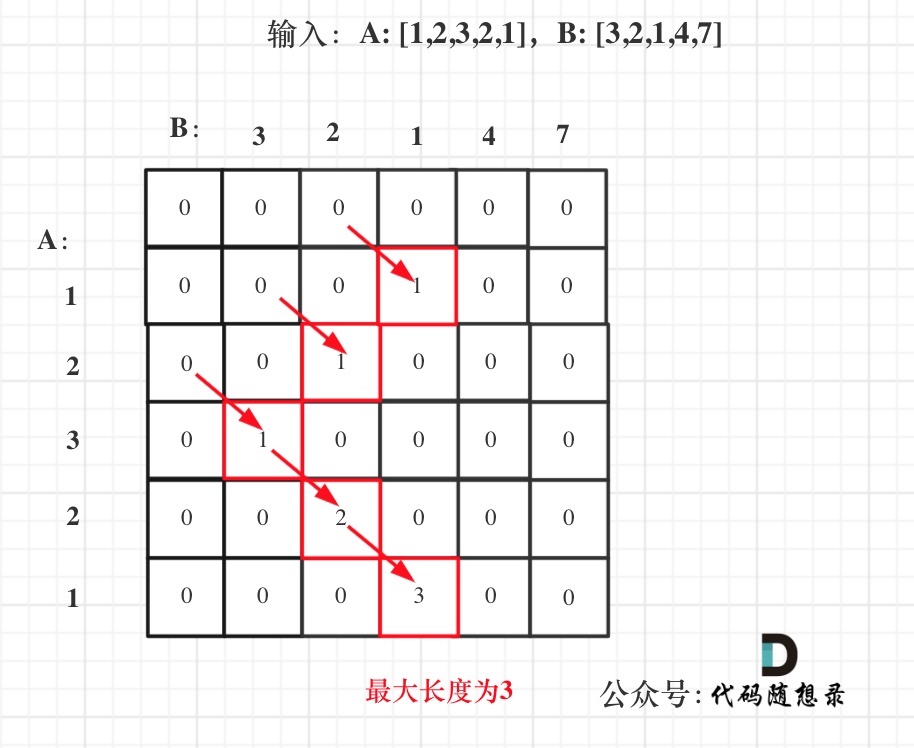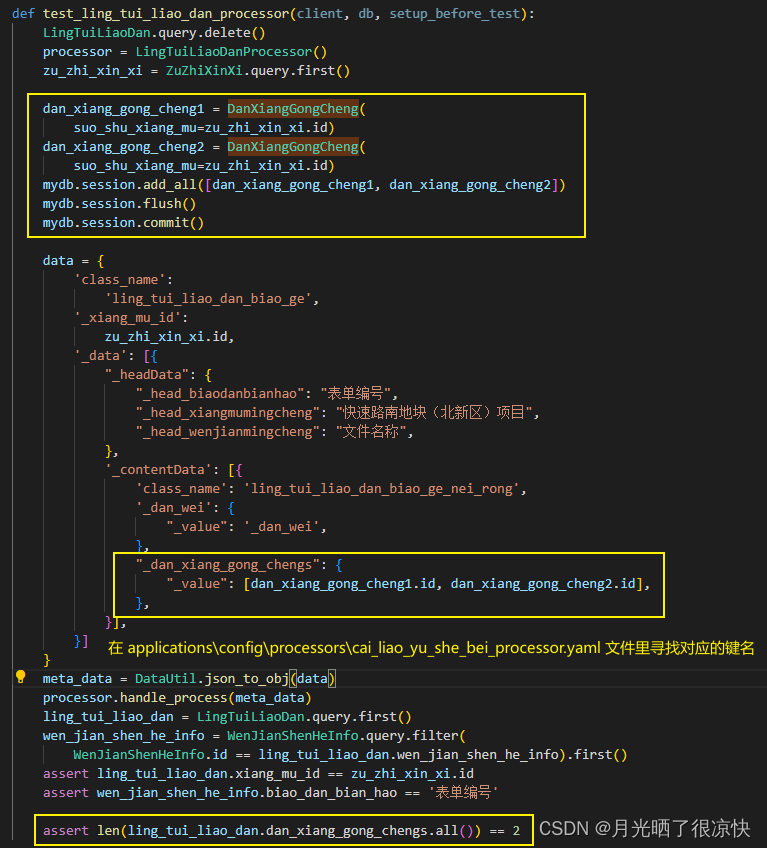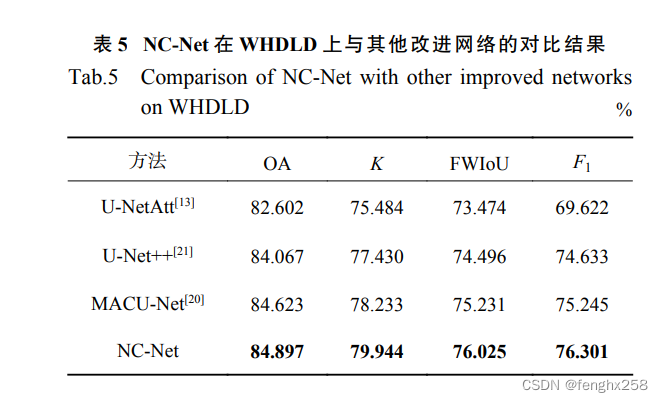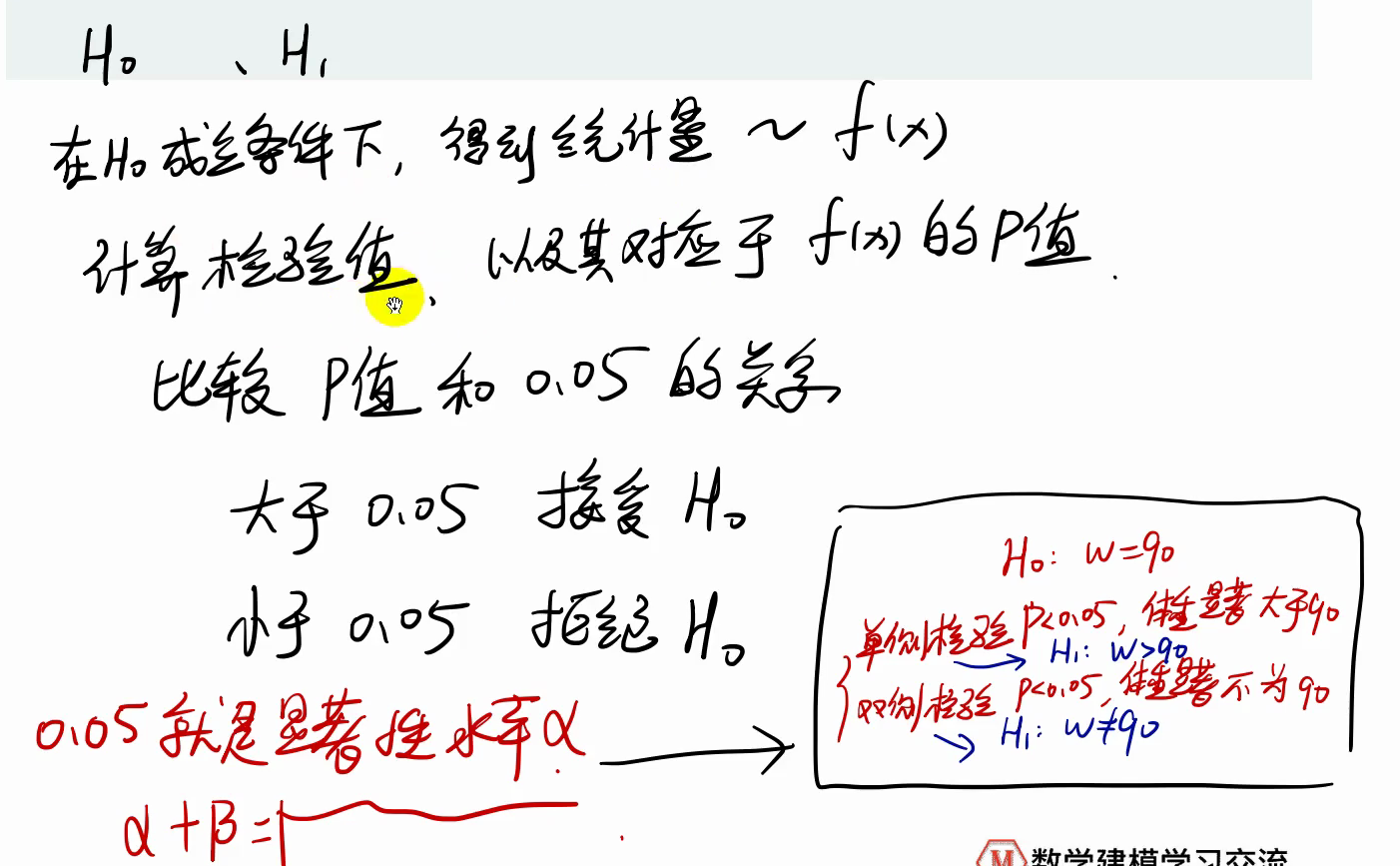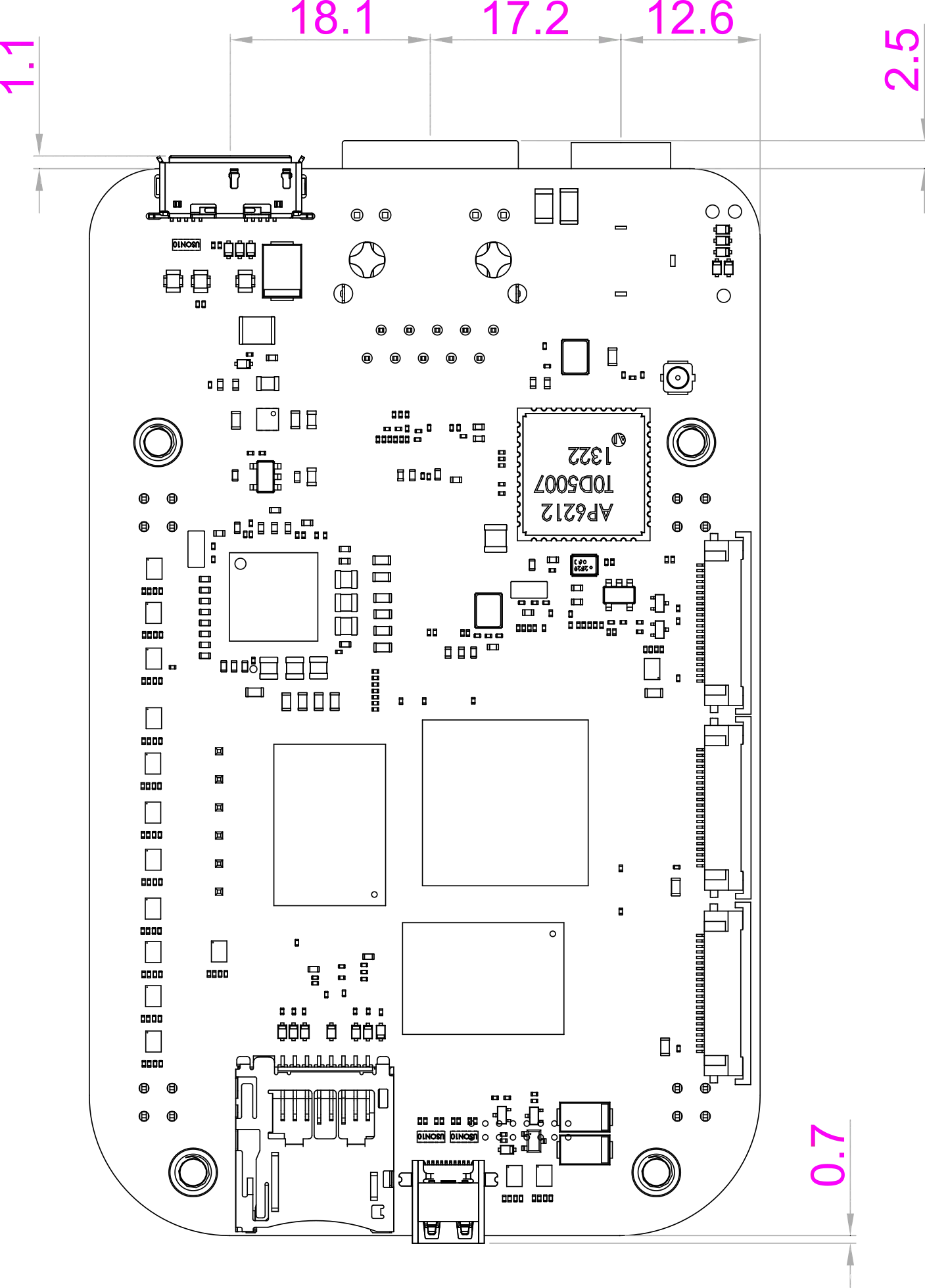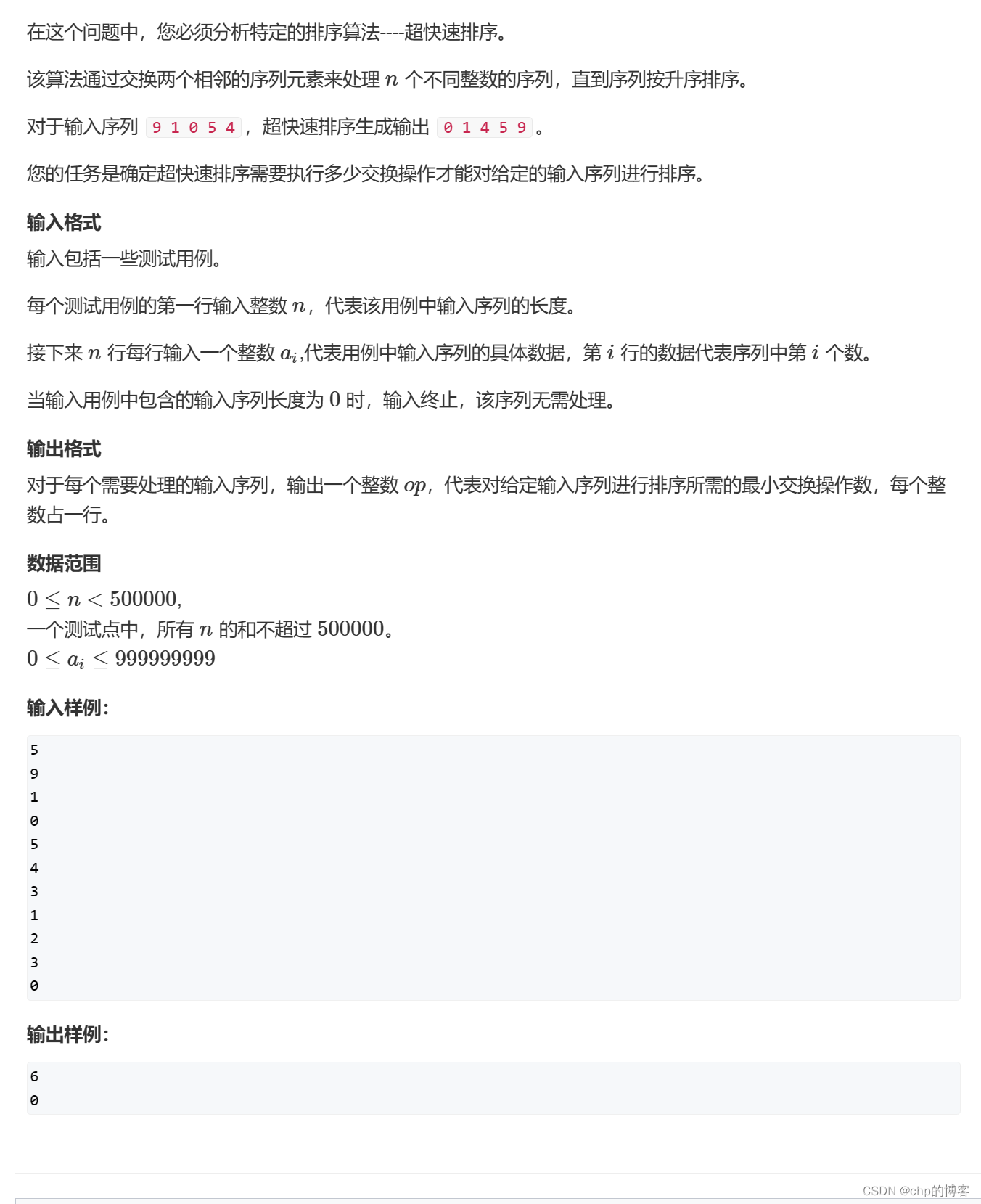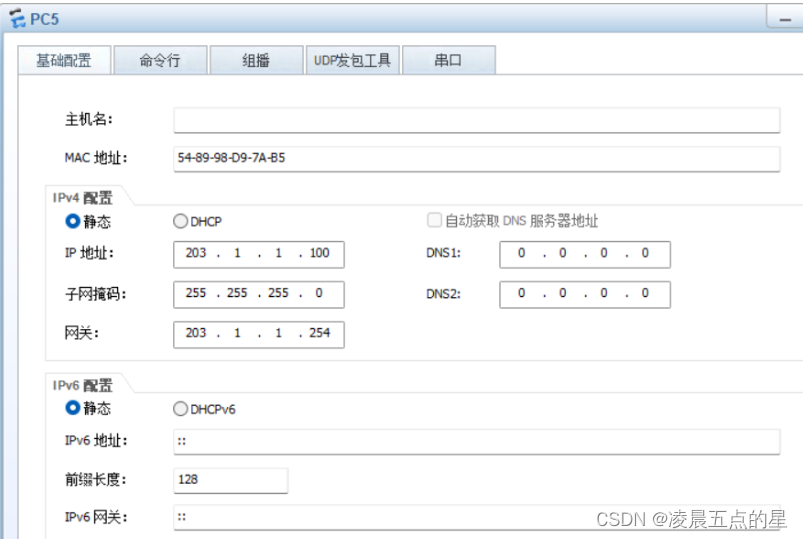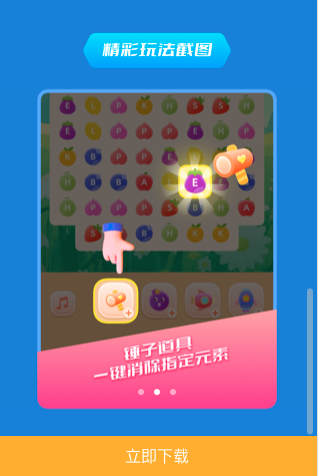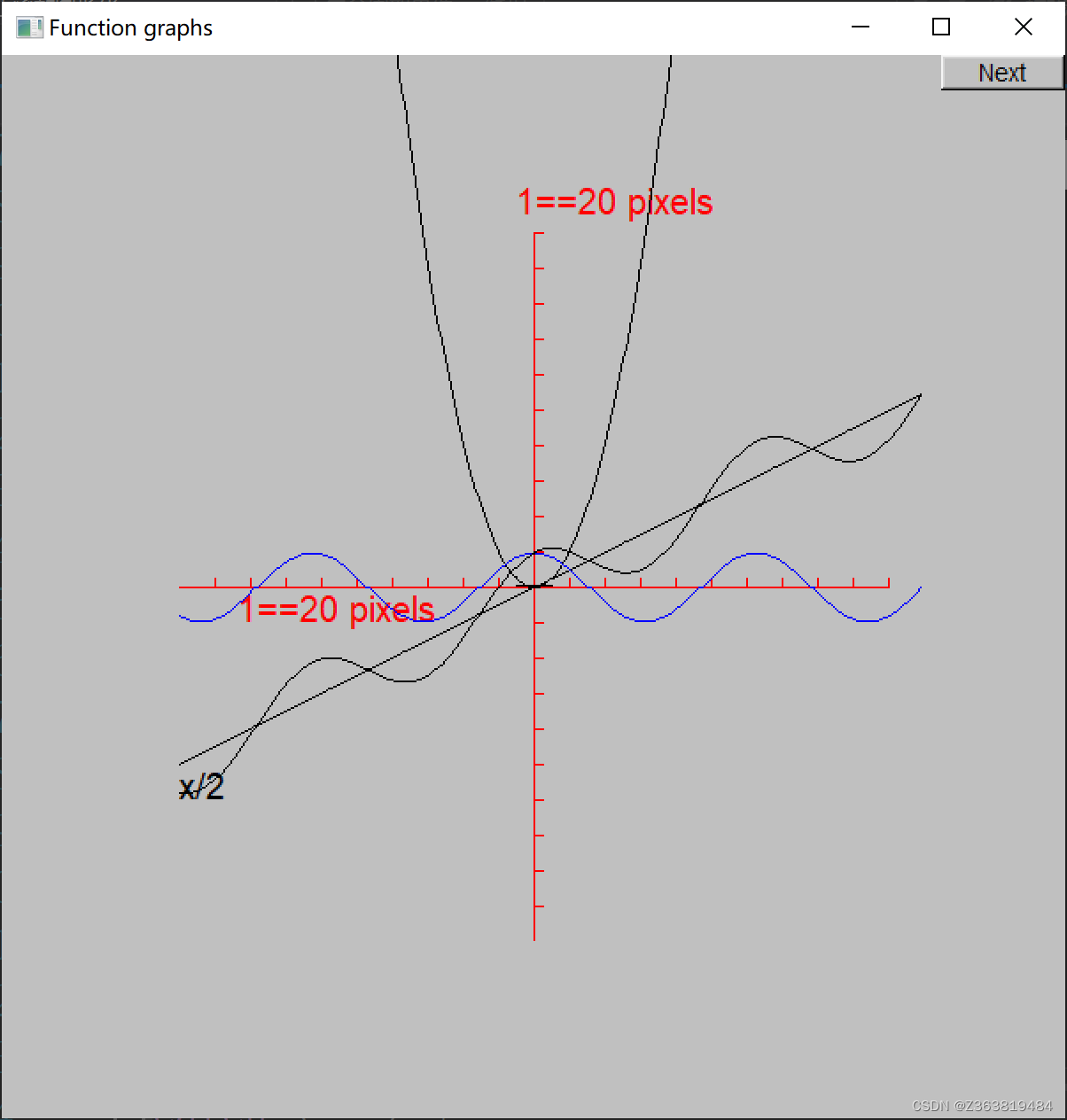本文已同步发表于我的
微信公众号,搜索代码说即可关注,欢迎与我沟通交流。
文章目录
- runCatching代替try catch
- View的可见性
- dp、sp、px之间相互转换
- by lazy 替代findViewById
- Toast、Log
Kotlin 中扩展函数是一种允许在已有的类中添加新函数,而
无需修改类定义或继承该类。通过使用扩展函数,我们可以轻松地为现有代码添加新功能和增强功能,下面就列举几个有用的扩展函数。
runCatching代替try catch
- try catch 方式:
try {
100 / 0
} catch (ex: Throwable) {
ex.printStackTrace()
}
- runCatching 方式:
runCatching { 100 / 0 }
.onFailure { ex -> ex.printStackTrace() }
如果不关心返回值,到这里就结束了,使用起来是不是更简单一些。如果需要继续对lambda表达式中的计算结果进行处理,那么继续往下看。
runCatching是在Kotlin 1.3版本新增的,看下源码:
@InlineOnly
@SinceKotlin("1.3")
public inline fun <T, R> T.runCatching(block: T.() -> R): Result<R> {
return try {
Result.success(block())
} catch (e: Throwable) {
Result.failure(e)
}
}
可以看到runCatching函数是一个扩展函数,函数接受一个lambda表达式block作为参数,并在T对象上执行这个lambda表达式,函数内部帮我们添加了try catch。
- 如果
lambda表达式成功执行并返回结果,则使用Result.success将结果包装成Result类型并返回; - 如果出现异常,则使用
Result.failure将异常包装成Result类型并返回。
看下 Result 里都有什么:

列举一些Result中的常用函数:
runCatching { 100 / 0 }
.onSuccess { value -> log("onSuccess:$value") } //runCatching{}中执行成功,并传入执行结果
.onFailure { exception -> log("onFailure:$exception") } //runCatching{}中执行失败,并传入exception
//.getOrDefault(0) //获取runCatching{}中执行的结果,如果是Failure直接返回默认值
.getOrElse { ex -> //获取runCatching{}中执行的结果,如果是Failure返回else内部的值。相比getOrDefault多了对exception的处理
log("exception:$ex")
100
}
//.getOrThrow()//获取runCatching{}中执行的结果,如果是Failure直接抛异常
//.getOrNull() //获取runCatching{}中执行的结果,如果是Failure返回null
//.exceptionOrNull() //如果有问题则返回exception;否则返回null
.run {
log("result:$this")
}
执行结果:
E/TTT: onFailure:java.lang.ArithmeticException: divide by zero
E/TTT: exception:java.lang.ArithmeticException: divide by zero
E/TTT: result:100
虽然100/0抛出了异常,还是可以通过getOrElse中重新赋值,并最终把值输出出来,如果需要其他处理,可以使用上述示例中的其他函数,按需使用即可。
如果改为runCatching { 100 / 2 },其他代码不变,则输出结果:
E/TTT: onSuccess:50
E/TTT: result:50
View的可见性
fun View?.visible() {
if (this?.visibility != View.VISIBLE) {
this?.visibility = View.VISIBLE
}
}
fun View?.invisible() {
if (this?.visibility != View.INVISIBLE) {
this?.visibility = View.INVISIBLE
}
}
fun View?.gone() {
if (this?.visibility != View.GONE) {
this?.visibility = View.GONE
}
}
使用它们:
val toolbar: Toolbar = findViewById(R.id.toolbar)
toolbar.visible() //设置visible
toolbar.invisible() //设置invisible
toolbar.gone() //设置gone
dp、sp、px之间相互转换
//dp转px
fun Number.dp2px(): Int {
return ScreenUtil.dp2px(MyApplication.getApplication(), toFloat())
}
//sp转px
fun Number.sp2px(): Int {
return ScreenUtil.sp2px(MyApplication.getApplication(), toFloat())
}
//px转dp
fun Number.px2dp(): Int {
return ScreenUtil.px2dp(MyApplication.getApplication(), toFloat())
}
//px转sp
fun Number.px2sp(): Int {
return ScreenUtil.px2sp(MyApplication.getApplication(), toFloat())
}
object ScreenUtil {
fun dp2px(@NonNull context: Context, dp: Float): Int {
val scale = context.resources.displayMetrics.density
return (dp * scale + 0.5f).toInt()
}
fun px2dp(@NonNull context: Context, px: Float): Int {
val scale = context.resources.displayMetrics.density
return (px / scale + 0.5f).toInt()
}
fun sp2px(@NonNull context: Context, spValue: Float): Int {
val fontScale = context.resources.displayMetrics.scaledDensity
return (spValue * fontScale + 0.5f).toInt()
}
fun px2sp(@NonNull context: Context, pxValue: Float): Int {
val fontScale = context.resources.displayMetrics.scaledDensity
return (pxValue / fontScale + 0.5f).toInt()
}
}
使用它们:
100.dp2px()
100.sp2px()
100.px2dp()
100.px2sp()
by lazy 替代findViewById
by lazy是属性延迟委托,关于委托机制的用法参见:Kotlin | 10分钟搞定by委托机制。
fun <T : View> Activity.id(id: Int) = lazy {
findViewById<T>(id)
}
Activity中使用:
class DemoActivity : AppCompatActivity() {
private val mToolBar: Toolbar by id(R.id.toolbar)
override fun onCreate(savedInstanceState: Bundle?) {
super.onCreate(savedInstanceState)
setContentView(R.layout.activity_xxx)
}
}
通过by lazy简化了控件的创建流程,避免每次创建都去调用findViewById(id),跟Butterknife的用法很类似。
如果是在Fragment中使用呢?首先Fragment中并没有findViewById(id)函数,所以需要稍微改造一下:
interface IRootView {
fun rootView(): View
}
//注意,这里声明的是IRootView的扩展函数
fun <T : View> IRootView.id(id: Int) = lazy {
this.rootView().findViewById<T>(id)
}
abstract class BaseFragment : Fragment(), IRootView {
private var mRootView: View? = null
override fun onCreateView(
inflater: LayoutInflater,
container: ViewGroup?,
savedInstanceState: Bundle?
): View? {
if (mRootView == null) {
mRootView = inflater.inflate(getLayoutId(), container, false)
}
return mRootView
}
override fun rootView(): View {
return mRootView!!
}
@LayoutRes
abstract fun getLayoutId(): Int
}
IRootView接口中只有一个rootView()方法,返回类型为android.view.View。- 扩展函数
id<T : View>()是针对实现IRootView的对象进行扩展的。该函数需要传入Int类型参数表示控件ID,在调用时会使用lazy委托模式延迟初始化并返回T类型(泛型)控件。 BaseFragment继承自Fragment并且实现了IRootview接口。同时其内部也维护着mRootview变量用于缓存视图,在onCreateView方法中创建视图,并将其保存到变量mRootview中以便后面复用。
子类Fragment中使用:
class DemoFragment : BaseFragment() {
private val mToolBar: Toolbar by id(R.id.toolbar)
override fun getLayoutId(): Int = R.layout.fragment_demo
override fun onViewCreated(view: View, savedInstanceState: Bundle?) {
super.onViewCreated(view, savedInstanceState)
mToolBar.xxx //可以直接使用了
}
}
Toast、Log
fun Activity.showToast(msg: String, duration: Int = Toast.LENGTH_SHORT) {
Toast.makeText(this, msg, duration).show()
}
fun Activity.showToast(@StringRes msg: Int, duration: Int = Toast.LENGTH_SHORT) {
Toast.makeText(this, msg, duration).show()
}
fun Fragment.showToast(msg: String, duration: Int = Toast.LENGTH_SHORT) {
Toast.makeText(requireContext(), msg, duration).show()
}
fun Fragment.showToast(@StringRes message: Int, duration: Int = Toast.LENGTH_SHORT) {
Toast.makeText(requireContext(), message, duration).show()
}
fun log(msg: String, tag: String = "TAG") {
if (!BuildConfig.DEBUG) return
Log.d(tag, msg)
}
使用它:
showToast(R.string.action_settings) //1
showToast("棒棒哒", Toast.LENGTH_LONG) //2
log("log展示") //3
